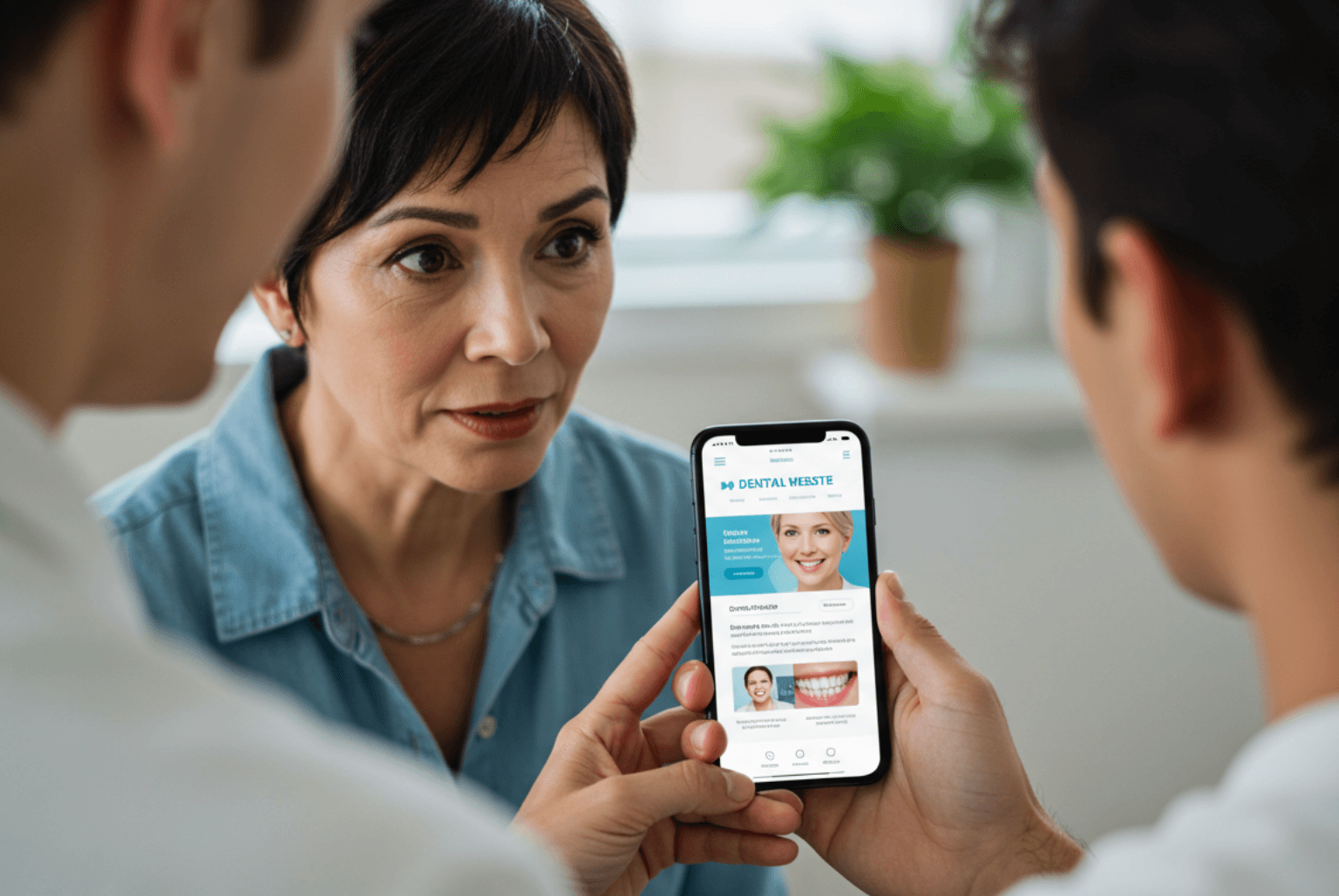Ninety-five percent of online consumers use email and 91% of us check our inbox every single day – this means that when it comes to effective ways to communicate with your customers, email marketing is right up there. Of course, the challenge you then have is to get your email to stand out from the crowd.
We’ve put together our 20 top tips for email marketing success.
1. Know your audience
We say it all the time, but the single most effective thing you can do to improve every aspect of your marketing is to identify your target client or patient and write your content as though you’re speaking directly to them.
Do you have two distinct customer types, for example, one who is interested in cosmetic dentistry and another who is only interested in facial aesthetics treatments? It’s important that you target the right message to the right audience.
2. Know your goals
Before you contact your patients, you need to identify why you’re reaching out to them. Do you want to attract bookings for a specific treatment? Do you want to bring traffic to your website? Do you want to reach new patients?
By knowing your ‘why’ you can pinpoint what you need to say to get people to take action.
3. Get permission
Anti-spam law in the UK prevents businesses from sending unsolicited emails to individual recipients. In other words, you have to get permission from people before you can send email marketing to them – if you don’t, your email will be viewed as spam and you could face a fine of up to £5,000.
A solicited email is one where the recipient has specifically asked to receive communications from you and/or given permission to be added to your mailing list. If you use a direct mailing system like Mailchimp, Mad Mimi, Aweber or Constant Contact, it will have a double opt-in process. This is when the subscriber signs up to your mailing list, then opts in a second time by confirming their email address. These systems also give recipients a clear way to unsubscribe from future emails, which you must do to stay on the right side of the law.
4. Offer an incentive
The saying goes that your money is in your mailing list. While social media seems shinier and more appealing than email marketing to many businesses, the truth is that all your followers and likers could be taken away in a second if a social media platform decides you’ve breached their terms of use or changes their rules. When you have your own mailing list, it belongs exclusively to you and offers a database of warm leads who’ve already expressed an interest in your business.
Because we all use email so heavily, most people are getting savvier and more selective about handing over their email address to a mailing list. We recommend adding a free incentive on your website. This might be a guide to dental implants, a skincare guide to prolong the results of a facial aesthetics treatment, or an overview of orthodontic options – the key is to make this freebie appeal to the patients you want to attract.
5. Manage your mailing lists
You might want to consider using different landing pages for different types of patients so that you can capture their contact details for separate mailing lists. This is helpful if you offer two distinct services, e.g. dentistry and facial aesthetics, as having two different mailing lists can help you to get really targeted when putting together special offers or advertising specific treatments.
Keep an eye out for emails that bounce because of an incorrect email address, and try to clean your mailing lists regularly.
6. Only ask for the information you really need
Following on from the point above, because people are more selective about signing up to mailing lists, we recommend that you only ask for the information you really need. In most cases, this is a first name and email address. Give a website user a long and intrusive form to complete, and they may decide that the freebie just isn’t worth it.
7. Get personal
Most email marketing systems include clever ways to personalise newsletters and emails. If we create bespoke branded emails for clients here at Cosmetic Digital, we include personalised fields and make sure the recipient’s name pops up in the copy. This can help the recipient to feel that you are speaking directly to them and care about them as an individual.
It’s also a good idea to have your email marketing coming from a specific person within your practice, whether it’s the lead dentist or the practice manager, or someone else altogether. You should also write your emails in a friendly, conversational tone. This will help you to build a relationship with your patients and show the personality of your brand.
8. Spend the most time on your email subject lines
Your email subject line is the difference between whether a marketing email gets opened or deleted. Try to spend some time looking at the emails you receive. Which subject lines stand out? What makes you open an email and what makes you ignore it? Are some words more urgent or compelling than others?
You might want to do some mystery shopping by signing up to your competitors’ mailing lists and seeing which of their email subject lines leap off the screen.
Some tips for good email subject lines include:
- Don’t use the word FREE – people are cynical and associate FREE with spammy in this context
- Avoid vague subject lines – try replacing ‘Spring newsletter’ with ‘Inside: Why your 5-a-day may be damaging your teeth’
- Make sure your subject line reflects what people are going to find when they open the email
- Use subject lines that prompts an emotional response
9. Choose your format
Email marketing can be sent out in various formats, including HTML, rich text or plain text. With an HTML email, you can include videos, gifs, images, and lots of visual elements, whereas a plain text email is text only. If you decide to send out a plain text email, make sure that you include plenty of white space and that you break the copy up. If you send out an HTML email, make sure that people can view a plain text version if they want to. Again, email marketing systems give you a choice about format.
10. Make it scannable
Whatever format you decide to use for your email marketing, try to make the content easy to scan read. This means using lots of headings and sub-headings, bullet points, bold text, and other ways to help the eye skim the contents of the page.
By making your emails scannable, you can appeal to the time-poor reader who can get the gist of what you’re saying in seconds, as well as the highly engaged reader who wants to read every word.
11. Add easy ways to share your email marketing
It’s a good idea to add social media sharing buttons into your email marketing. This could let people share a whole newsletter to their social media pages, or specific elements of the content. You should also include links back to your website, and a button that lets people forward your email on to a friend.
If you’d like people to share your content, it’s OK to add a short note that says, “If you’ve enjoyed our newsletter, please hit the share buttons below and pass it on”.
12. Send a test version
Before you send an email out to your mailing list, we would recommend that you send a test version to yourself, and possibly a couple of other people within your business, especially if they’re using different devices or screen sizes to read the content.
Does everything display properly? Do the images fit the screen? Does the recipient’s name appear in the personalised subject line or greeting?
This is your opportunity to make sure everything looks well put together and professional before the email goes out to everyone on your list.
13. Split test your subject lines and other elements
Split testing – sometimes called A/B testing – is a fantastic way to figure out what appeals to your patients. Again, email marketing systems usually have a split testing facility.
With split testing, you send out two different versions of your newsletter – each with one element changed, e.g. the subject line – and see which one gets the best open rates or best clickthrough rates to your website. Over several campaigns, you can begin to build up a clear picture of what your customers like. Are they more responsive to an email that clearly says it’s your newsletter in the subject line or a more emotive title?
14. Measure the results
To ensure your future email marketing success, it’s essential to measure the results of each campaign.
- How many people opened it?
- How many people clicked through to your website?
- How many emails bounced?
- How many people unsubscribed?
- What were the top links clicked?
- How many people shared the content on social media?
- Which social media platforms were most popular?
- Which subscribers opened the email the most?
- Which subject line won the split test?
The answers to these questions can help you to build up a strong picture of how your email marketing is performing, and inform what you include and how you present your future campaigns.




